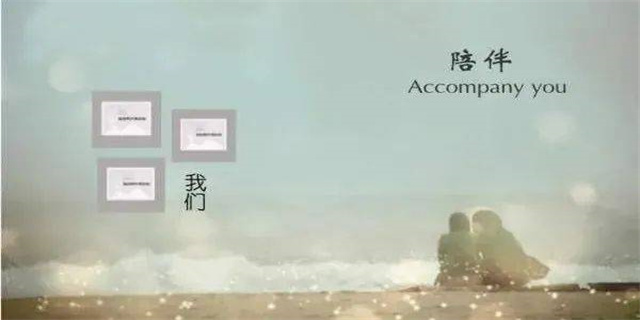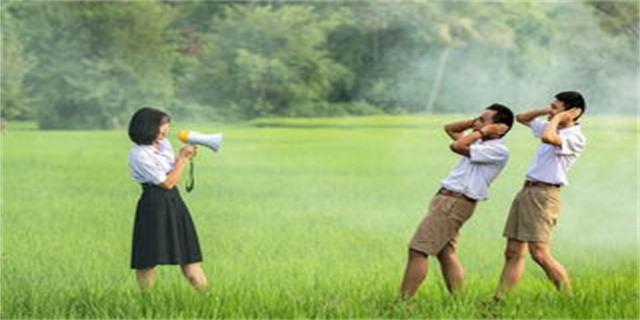汉翻英翻译理论(Translation Theory and Practice An Exploration)
作者 : 再见亦不见 • 更新时间 2024-03-16 09:31:05 •阅读 978
Translation Theory and Practice: An Exploration
Introduction
Translation has been a necessary tool for communication and cultural exchange since the dawn of human civilization. While the act of translating may seem simple, translation theory delves deeper into the complexities of meaning and language. The study of translation theory investigates how meaning is conveyed across languages and cultures and the various approaches to producing accurate translations. In this article, we will explore some of the key concepts in translation theory and the role of the translator.
The Nature of Translation

The nature of translation is often debated among scholars and professionals. At its core, translation is the process of conveying meaning from one language to another. However, the complexities lie in understanding how meaning is constructed and conveyed. The process of translation involves more than simply replacing words with their equivalents in another language. A translator must take into account the historical, social, and cultural contexts of the text, and the nuances of the language being translated. Therefore, translation is not only about the transfer of words but also the transfer of meaning.
The Role of the Translator
The role of the translator goes beyond just translating words. The translator is responsible for capturing the meaning of the original text and conveying it accurately in the target language. The translator must have a deep understanding of both the source and target languages, as well as the cultural contexts in which they are used. Furthermore, a translator must continually make choices about how to convey meaning in the target language. What is lost and what is gained in translation can often be subjective and dependent on the translator's interpretation. A translator must also make decisions about incorporating cultural references, idiomatic expressions, and other cultural elements into the target text. A skilled translator must be able to strike a balance between preserving the integrity of the original text and ensuring that the translation is culturally appropriate and understandable to the target audience.
Translation as an Art Form

Translation is often seen as a technical process, but it is also an art form. A good translation not only conveys meaning but also captures the style, tone, and literary devices used in the original text. Translators must be creative and adept at manipulating language to create a translation that is not only accurate but also beautifully crafted. A translator's craft often involves a process of rewriting, where the translator may depart from the literal meaning of the original text to convey its essence in the target language. This is where translation theory becomes especially important. Theoretical approaches such as skopos theory and equivalence theory guide translators in making these decisions about how to convey meaning in the target language while staying true to the original text as much as possible.
Studies of translation theory have shown that translation is a complex and nuanced process. The successful translation of a text requires a deep understanding of the source and target languages, as well as the historical, social, and cultural contexts in which they are used. A good translator must balance the art and science of translation, working to capture not only the meaning but also the style, tone, and literary devices used in the original text. With a strong foundation in translation theory, translators are better equipped to produce translations that accurately convey meaning across languages and cultures.
版权声明:本文内容由互联网用户自发贡献,该文观点仅代表作者本人。本站仅提供信息存储空间服务,不拥有所有权,不承担相关法律责任。如发现本站有涉嫌抄袭侵权/违法违规的内容, 请发送邮件至3237157959@qq.com 举报,一经查实,本站将立刻删除。


